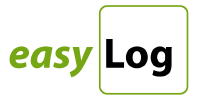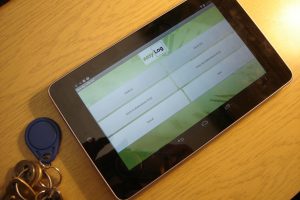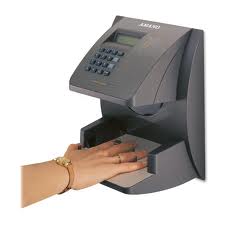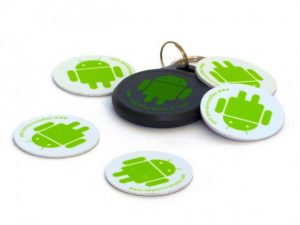One of the key benefits our care sector clients describe about their implementation of our care record management software is the facility to define their own recording phraseology for their care staff. On a practical level this feature means that the carer can be presented with recording options that are meaningful to them. This may be because the software is replacing previous manual documentation that has been used for many years or simply that the implementation has allowed the senior staff to present simplified expressions of more medical terms.
And practicality is key to the success our clients have seen in implementing care-Log+ especially in conjunction with the use of tablet PCs and the simplicity of the Carer App. This approach allows a care provider to capture the volume of recording that CQC Inspections now require. And because of the simple adaptation of technology that volume is achieved by the care staff as part of their usual care or shift notes regime.
As I mentioned earlier, the definition of the words that carers select is key. So a fluids chart could be defined in terms of millilitres or by ‘drunk whole cup’, ‘drunk half cup’, etc. Likewise a nutrition record can be phrased to include the option selected at any meal and the amount of food then consumed, such as ‘fully eaten’, ‘half eaten’, etc.
These recordings could be arranged in a single ‘nutrition’ or ‘fluid chart’ document (or evaluation record as it’s called in the software) or split across several documents organised by shift time. So for example, a carer could record the breakfast, mid-morning snack/drink and lunchtime intake in a shift note designed to record all activities from 8am to 2pm. The reporting options in care-Log+ enable a manager to collate all nutrition and/or fluid entries for any service user from any number of care recording documents into a single report. This becomes a vital tool during a CQC audit but also shows the practicality that was highlighted at the outset of this Blog. The main care recording documents can be organised to suit the needs of the service users and the care staff and do not have to be designed to second guess what questions a CQC Inspector may ask; if the recording has been done then the care-Log+ software can present the care records in any way required for audit purposes.
If you would like to discuss any functionality or issues raised in this blog please call one of our team on 01892 834406 or e-mail us on info@easylog.co.uk






